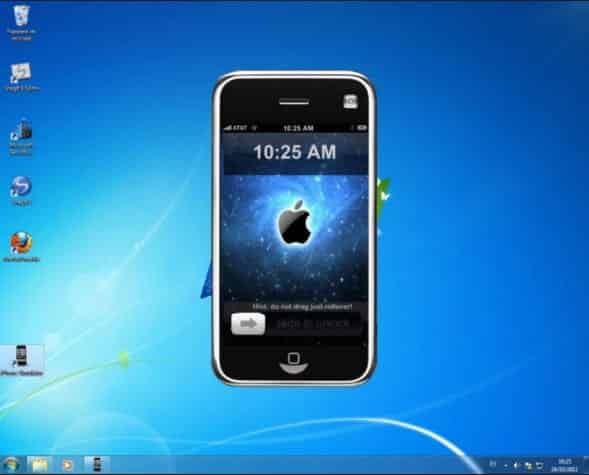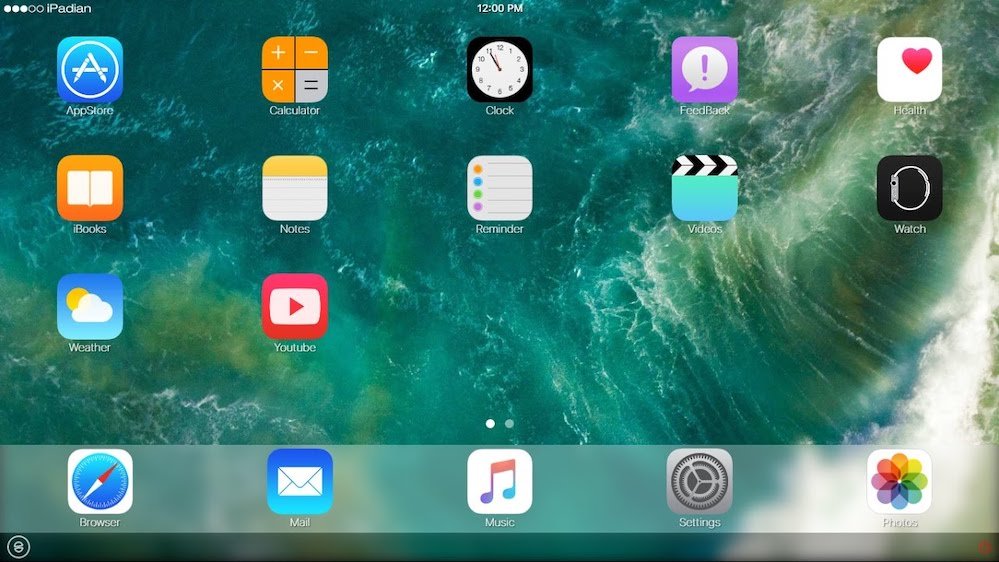-->
Run Iphone Simulator On Mac Free
Visual Studio for Mac; It isn't possible to run local iOS tests on Windows. This guide will discuss how to specify an iOS simulator when running tests locally on macOS. Each iOS simulator that's configured on an Apple device will have a unique device identifier assigned to it. UITest will use this device identifier to start the intended iOS. The basic way to open a list of simulators is to use Xcode - Window - Devices and Simulators. Here you can create and manage all available simulators. But you cannot run them directly. Select “Library” in the manage apps screen. Download the apps you want. Right click on the downloaded app in the list - Export ipa. Double-click the.ipa file on an M1 Mac to run. And you need a device capable of running iOS (iPhone or iPad). The reason being is that iOS applications are compiled to run on the ARM-based processor. OS X (and most desktop or notebook operating systems) run on the i386 or x64 architecture. To run a different arch-type, you'd need an emulator. And all Xcode has is a simulator.
The Remoted iOS Simulator for Windows allows you to test your apps on aniOS simulator displayed in Windows alongside Visual Studio 2019 and Visual Studio 2017.
Getting started
The Remoted iOS Simulator for Windows is installed automatically as partof Xamarin in Visual Studio 2019 and Visual Studio 2017. To use it, follow these steps:
- Pair Visual Studio 2019 to a Mac Build host.
- In Visual Studio, start debugging an iOS or tvOS project. TheRemoted iOS Simulator for Windows will appear on your Windows machine.
Watch this video for a step-by-step guide.
Simulator window

Iphone Simulator Download
The toolbar at the top of the simulator's window contains a number of useful buttons:
Home – Simulates the home button on an iOS device.
Lock – Locks the simulator (swipe to unlock).
Screenshot – Saves a screenshot of the simulator (stored in PicturesXamariniOS Simulator).
Settings – Displays keyboard, location, and other settings.
Other options – Brings up various simulator options such as rotation, shake gestures, and Touch ID.
Settings
Clicking the toolbar's gear icon opens the Settings window:
These settings allow you to enable the hardware keyboard, choose alocation that the device should report (static and moving locations areboth supported), enable Touch ID, and reset the content and settings forthe simulator.
Other options
The toolbar's ellipsis button reveals other options such as rotation,shake gestures, and rebooting. These same options can be viewed as a listby right-clicking anywhere in the simulator's window:
Touchscreen support
Most modern Windows computers have touch screens. Since the Remoted iOSSimulator for Windows supports touch interactions, you can test your appwith the same pinch, swipe, and multi-finger touch gestures that you usewith physical iOS devices.
Similarly, the Remoted iOS Simulator for Windows treats Windows Stylusinput as Apple Pencil input.
Sound handling

Sounds played by the simulator will come from the host Mac's speakers.iOS sounds are not heard on the Windows computer.

Disabling the Remoted iOS Simulator for Windows
To disable the Remoted iOS Simulator for Windows, navigate toTools > Options > Xamarin > iOS Settings and uncheckRemote Simulator to Windows.
With this option disabled, debugging opens the iOS Simulator on the connected Mac build host.
Troubleshooting
If you experience issues with the Remoted iOS Simulator, you can view the logs in these locations:
- Mac –
~/Library/Logs/Xamarin/Simulator.Server - Windows –
%LOCALAPPDATA%XamarinLogsXamarin.Simulator

How To Run Ios Simulator On Mac
If you report a problem in Visual Studio, attaching these logs might be helpful (there are options to keep uploads private).